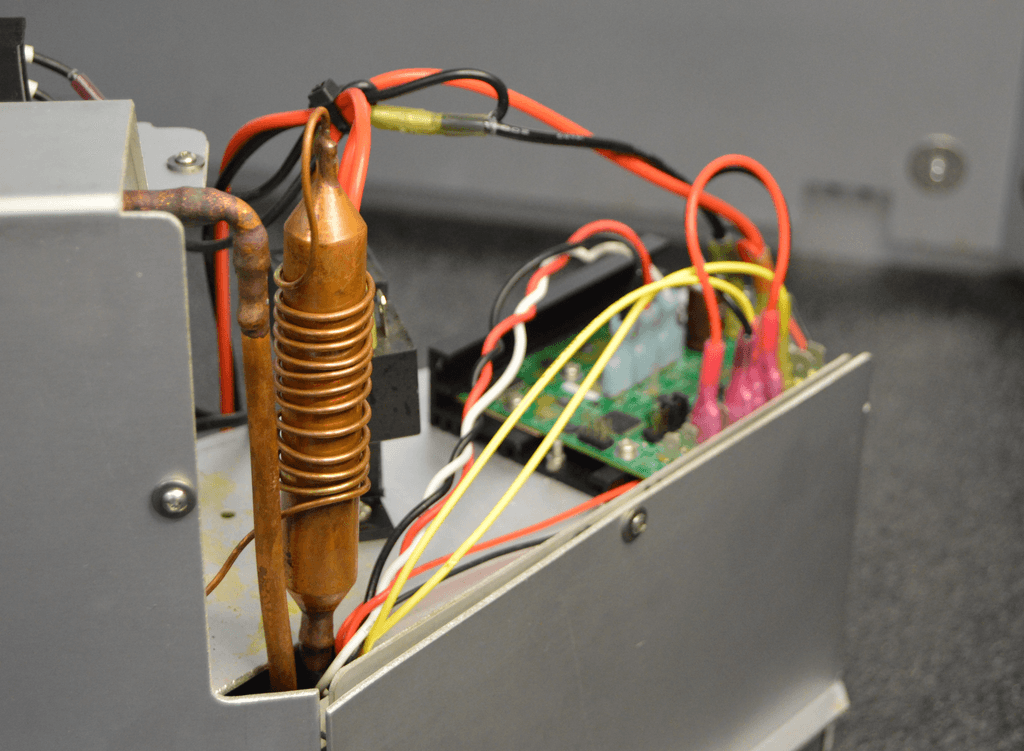Autostrade per L'Italia, Remote Drones for Traffic Monitoring. The Results of the Second Phase of the Experimental Program Started with ENAC
Autostrada is using the Hextronics Global in Italy and have completed 1407 planned, and 53 on-call, successful missions so far, covering 2921 Km. The use of Hextronics' Global increased event detection 11% and decreased overall intervention time by 50%, contributing to safer and more efficient traffic management.
Aspi CEO Tomasi: “This system places us at the forefront of technological innovation worldwide” Drones to monitor and support Autostrade per l'Italia traffic teams, a new technology at the service of motorists: this is the objective, and not only, of the experimental Falco program by Aspi , now in its second phase. Today, drones can be piloted remotely and managed directly from the traffic control center in Genoa. On the A26 from the A10 junction to Ovada, and on the A10 between Cogoleto and Varazze, the second phase of the Falco project is underway , with which Aspi has the possibility of monitoring traffic on the highways, from above, even in places without cameras . This initiative was launched in collaboration with Movyon , the Group's research and innovation center.
In coordination with ENAC , the National Civil Aviation Authority, one of the most advanced authorities in Europe in the field of unmanned aircraft on board, which has issued the operational authorization to operate drones in BVLOS (Beyond Visual Line Of Sight) mode on five sites of the Ligurian section of the motorway network, chosen for its particular structural characteristics and which crosses a complex territory from an orographic point of view. Traffic monitoring through the use of an innovative aerial service with drones is an effective and useful tool for intercepting any critical situations and keeping travellers updated on road conditions. The project is part of the broad plan of initiatives implemented by Aspi to facilitate flows.
How the “hawks” fly. In the areas concerned, “nests” have been installed to house, take off and recharge the drones, so that they can fly over the assigned stretch. In this second phase, the drones are piloted remotely, with missions activated directly from the relevant traffic control center, in order to return video streams on the conditions of the roads and the infrastructure. Flight missions can be planned or activated on demand during specific events (traffic jams, fires, scattered materials). All in compliance with an accurate safety protocol . The view from above also allows you to monitor road signs, construction sites, the state of the pavement and greenery. All useful information to promptly activate law enforcement and rescue teams in case of need and to identify intervention or restoration activities on the infrastructure.
The first data and prospects. Once this second phase of experimentation is over, we will move on to collecting and analyzing the data, which will be used to develop artificial intelligence for event detection , i.e. the automatic recognition of a critical event (such as a stopped vehicle, accident, etc.). In the future, the drone monitoring system could become part of routine network patrolling activities, helping technicians detect potential critical issues, making intervention times faster and improving the quality of service. The Falco project is part of the larger Mercury Program. Smart Sustainable Mobility, a single and coordinated hub for technological innovation to obtain increasingly safe, digitalized and low environmental impact motorway infrastructures.
“With the Falco Project we are testing the use of drones to monitor traffic in real time,” explains Roberto Tomasi, CEO of Autostrade per l'Italia , “so that we can increasingly better manage traffic flows, increasing safety for users. This system can also be used for inspections of bridges and viaducts, placing us at the forefront worldwide in terms of technological innovation. The ultimate goal is to arrive at a digitalized and automated network that provides an ever-increasing amount of timely and immediate information to those who travel on it and to those who manage it. Motorways,” he continues, “are and will remain the backbone of the country and its economy for many years to come. With this awareness, and keeping in mind that innovation is the premise for any development, the Group works every day with determination to ensure that the network makes that technological leap that is essential to accompany the transition towards the mobility of the future, in the name of safety and sustainability.”
THE NUMBERS OF THE SECOND PHASE OF FALCO (from August 23 to July 24)
SCHEDULED FLIGHTS
1407 missions planned, with a success rate of 82% (success = missions actually launched and completed). Of the 18% of missions not launched compared to the total planned, 70% are due to bad weather)
191 hours of flight with 2837 km travelled
FLIGHTS ON CALL
53 missions on call
12.5 hours of flight with 84 km travelled
EVIDENCE
11% increase in detected events
50% reduction in intervention times
hextronics global stationed and prepared for autostrade's deployment


































































